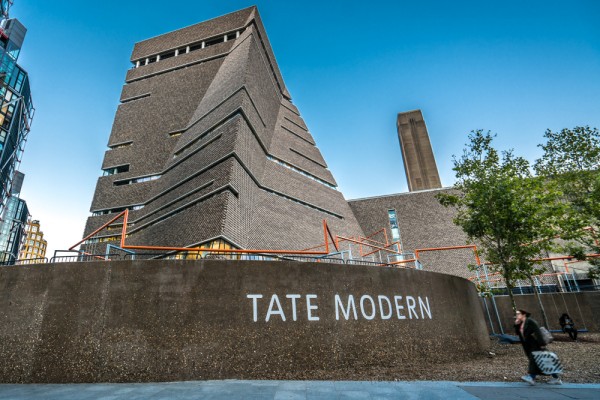Victory for residents against Tate Modern in Supreme Court privacy case
07/02/2023 | The Guardian
In a landmark victory for five residents living in glass-walled luxury flats opposite the Tate Modern's viewing gallery, the UK Supreme Court ruled in favour of the occupants. The Court found that the Tate's viewing gallery, installed in 2016, was a "legal nuisance" and not a normal use of its land. The ruling marks the end of a legal battle that began in 2017, which led to a judge ruling in 2019 that the museum's use of its top floor was reasonable and that residents choose to live in homes with glass walls. At the time, the judge suggested residents install net curtains to protect their privacy. The Court of Appeal dismissed an appeal by the residents in 2020 before Supreme Court agreed to hear the case in December 2021. The Guardian writes the ruling could have broader implications on public life in cities.
UPDATE: 070223 - Legal analysis of the Supreme Court’s ruling by Mischon de Reya examines the implications for the law of nuisance and privacy, while Pinsent Masons claim it could open a new front of litigation.

What is this page?
You are reading a summary article on the Privacy Newsfeed, a free resource for DPOs and other professionals with privacy or data protection responsibilities helping them stay informed of industry news all in one place. The information here is a brief snippet relating to a single piece of original content or several articles about a common topic or thread. The main contributor is listed in the top left-hand corner, just beneath the article title.
The Privacy Newsfeed monitors over 300 global publications, of which more than 3,250 summary articles have been posted to the online archive dating back to the beginning of 2020. A weekly roundup is available by email every Friday.

